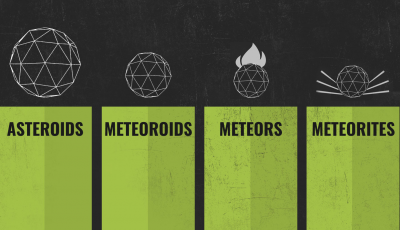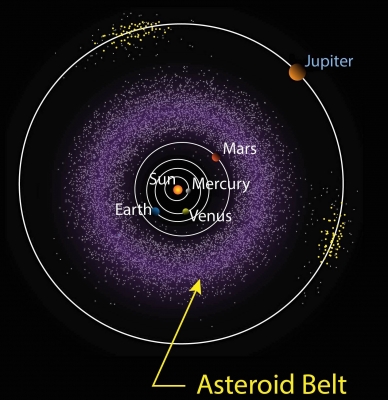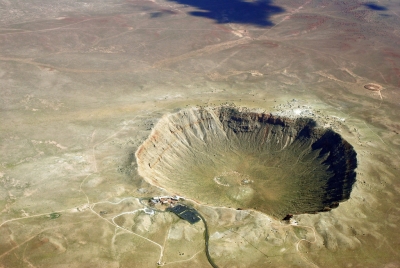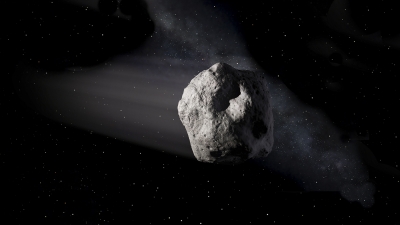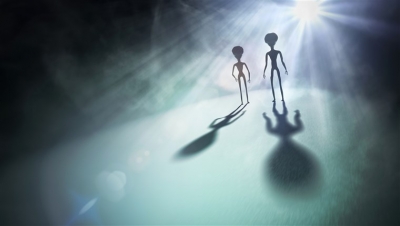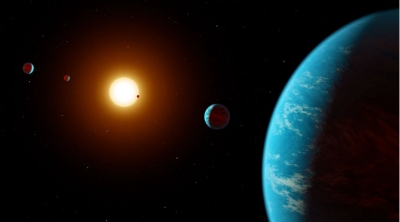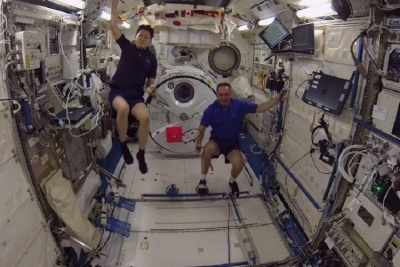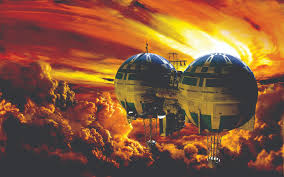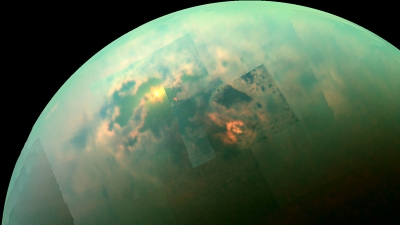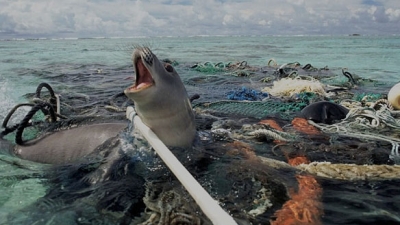Why would we want to visit the asteroid belt?
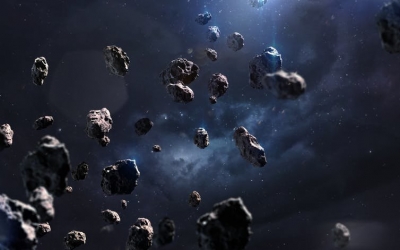
There’s gold (and other precious metals) in those rocks! In fact, a company called Planetary Resources plans to send robot miners to the asteroid belt.
The asteroid belt probably contains millions of asteroids. Astronomers think that the asteroid belt is made up of material that was never able to form into a planet, or of the remains of a planet which broke apart a very long time ago. The asteroids in the asteroid belt come in a variety of sizes. Some are very small (less than a mile across), while others are quite large. The largest asteroid is called Ceres. It is about one-quarter the size of our moon. It is a dwarf planet.
Picture Credit : Google
